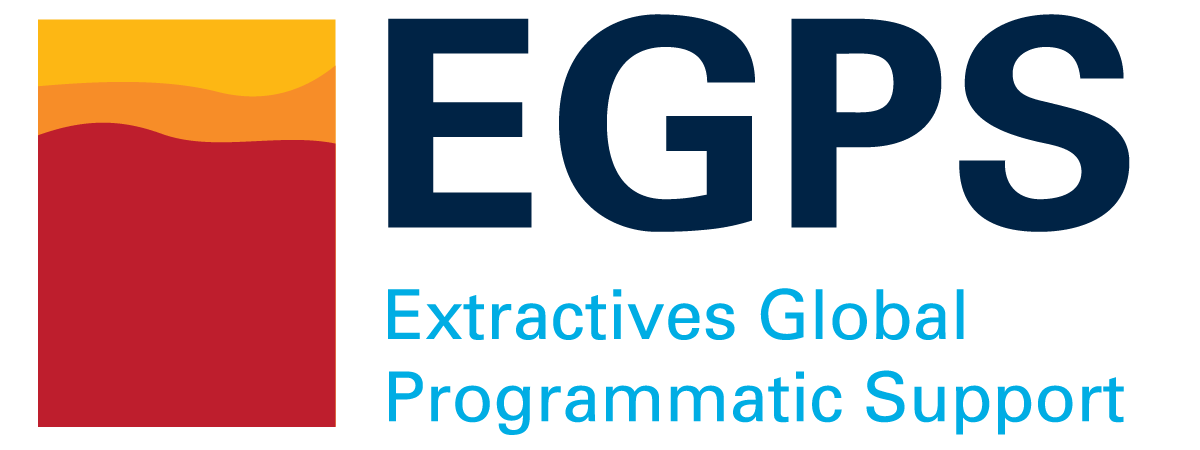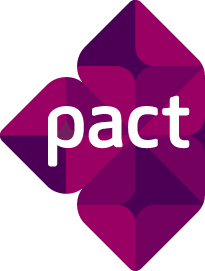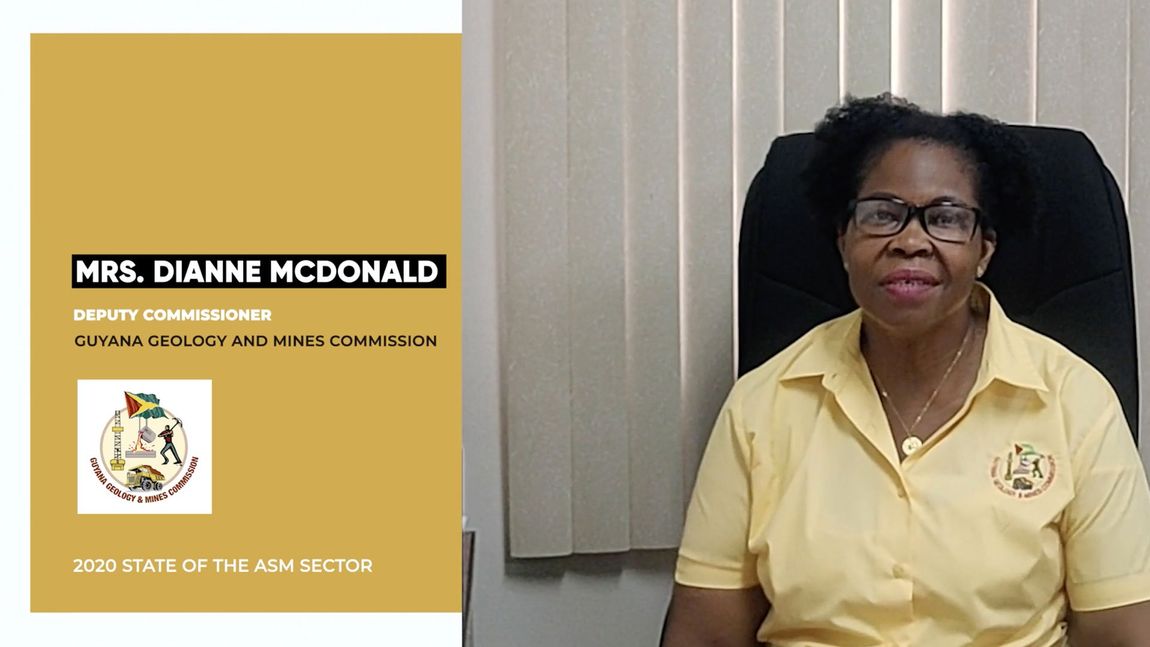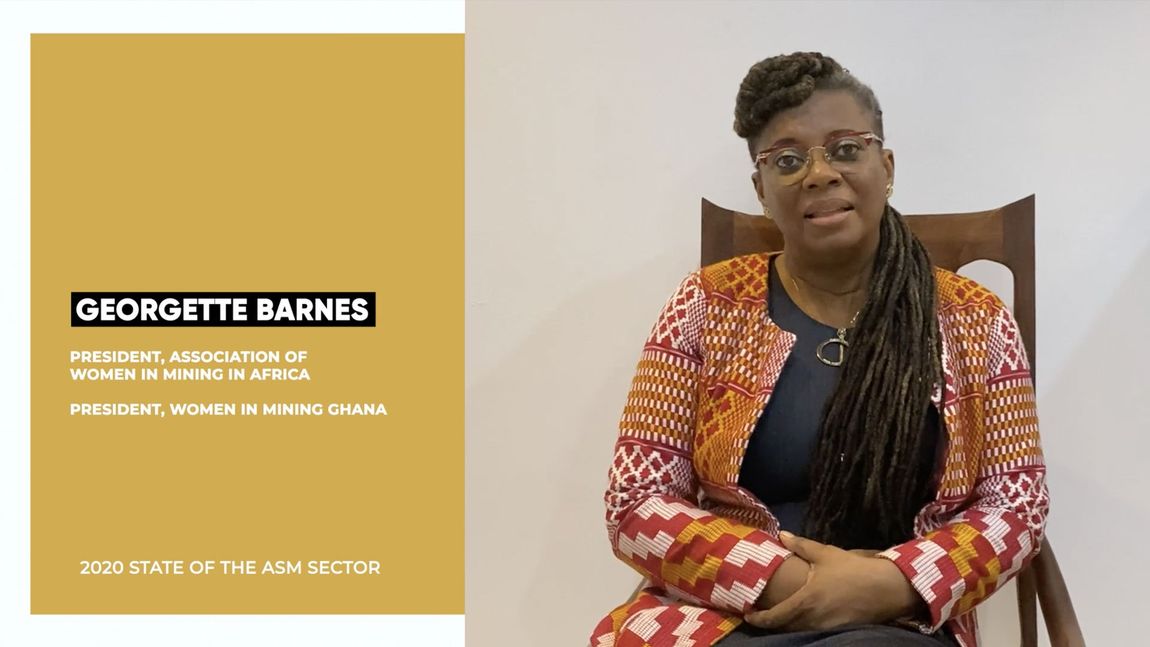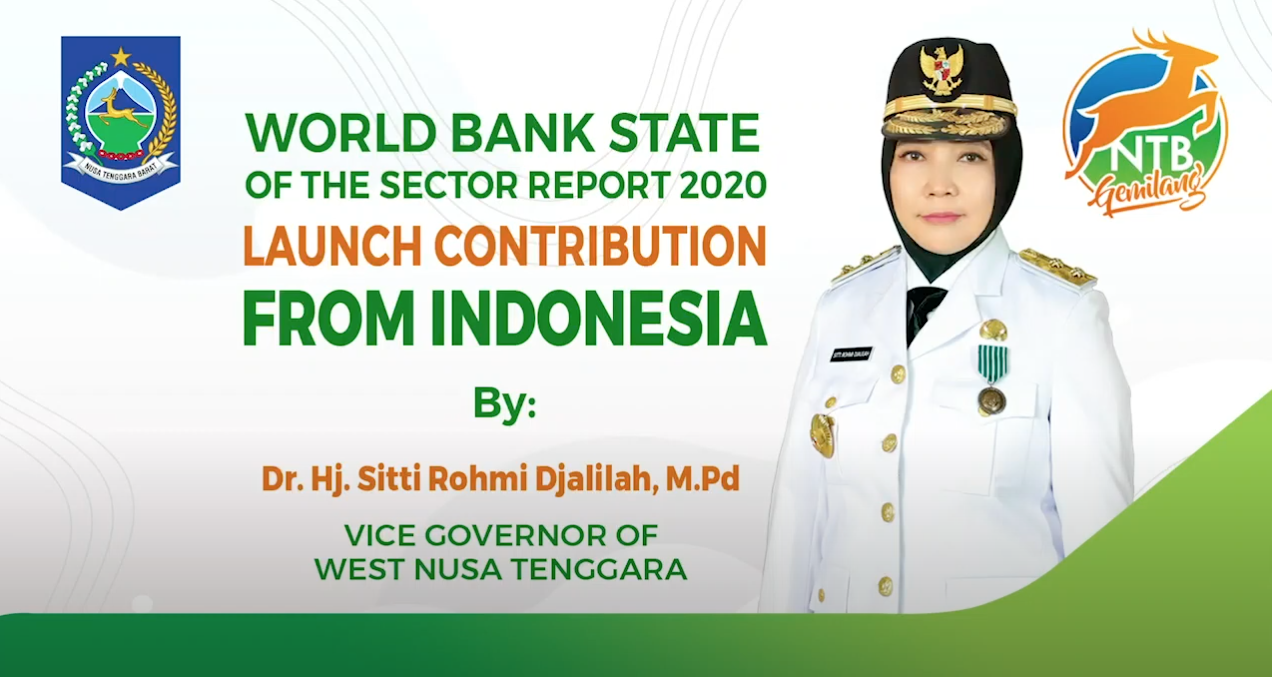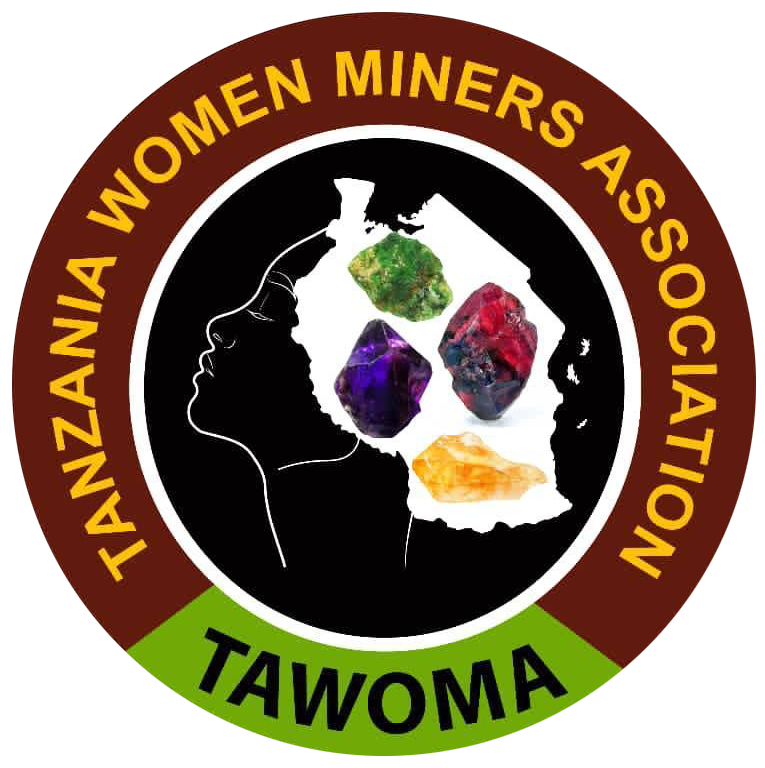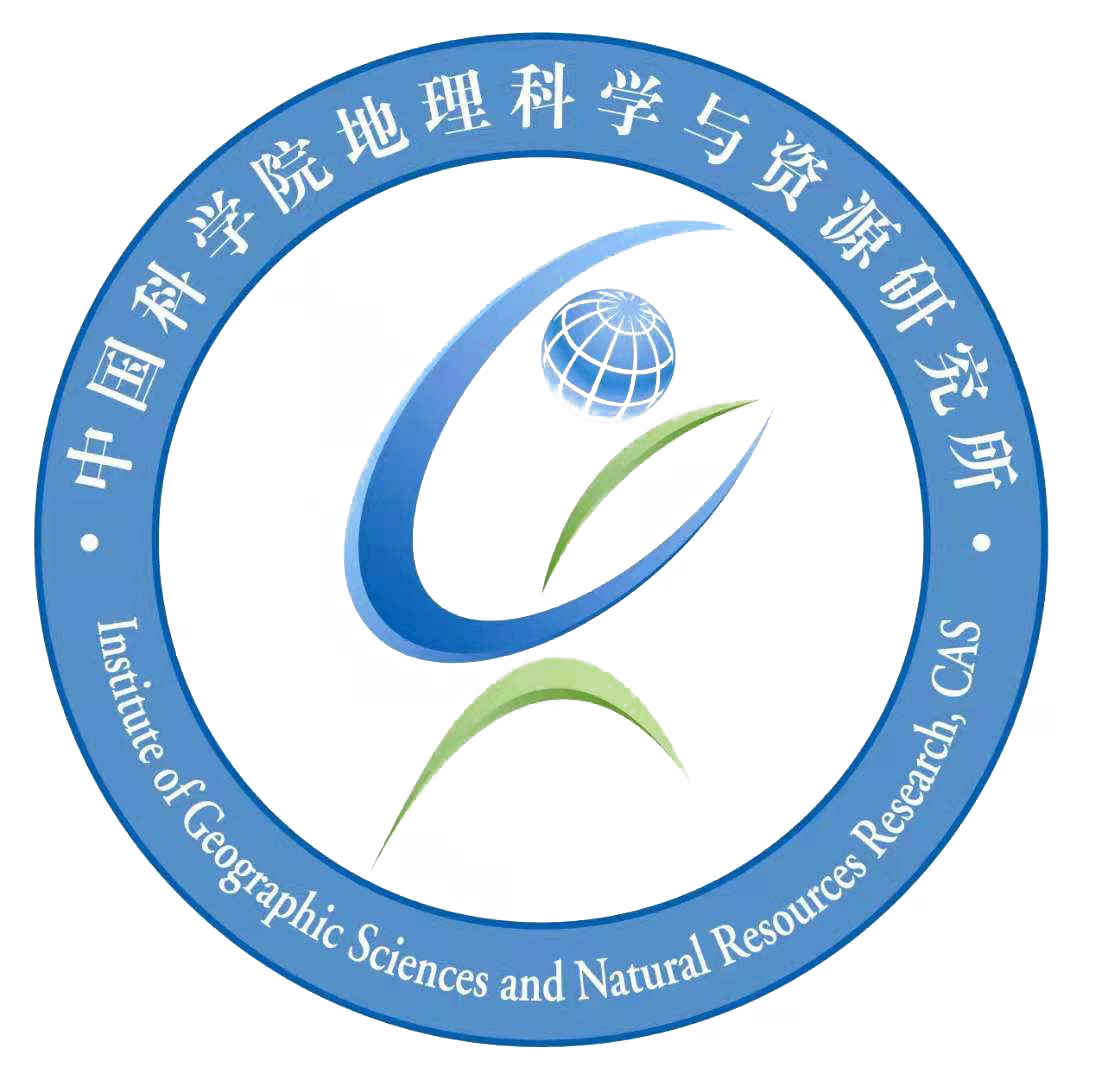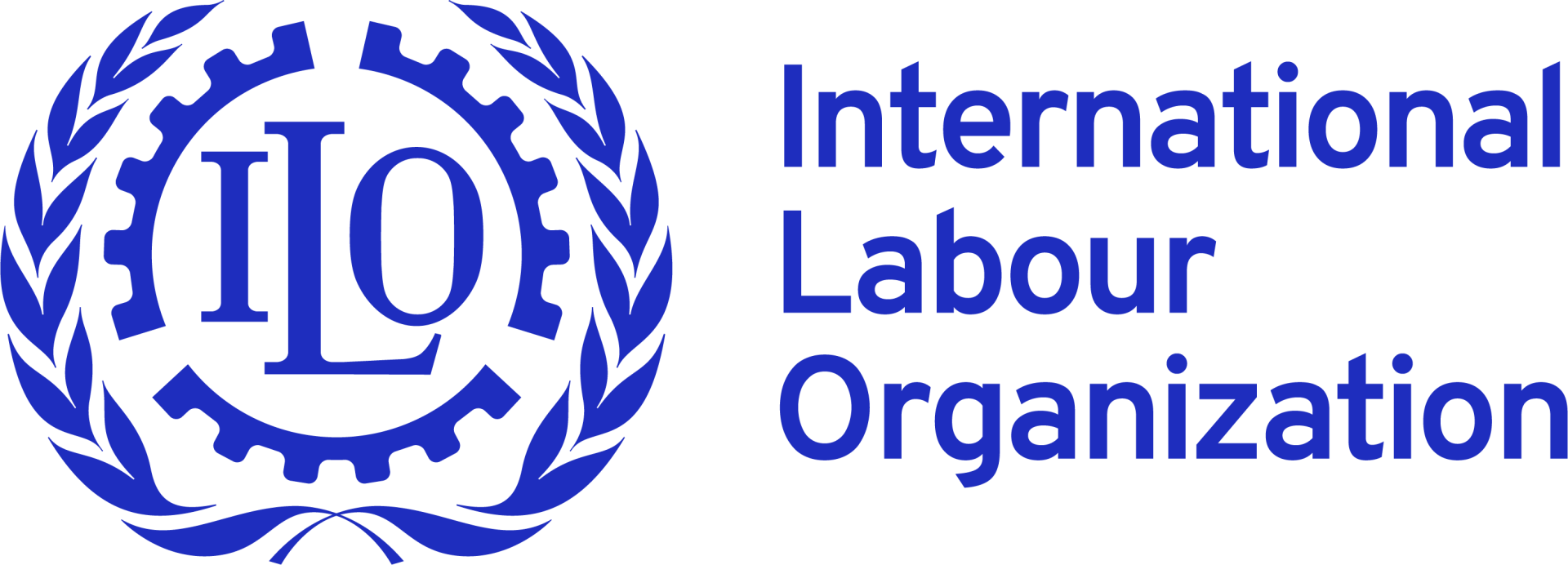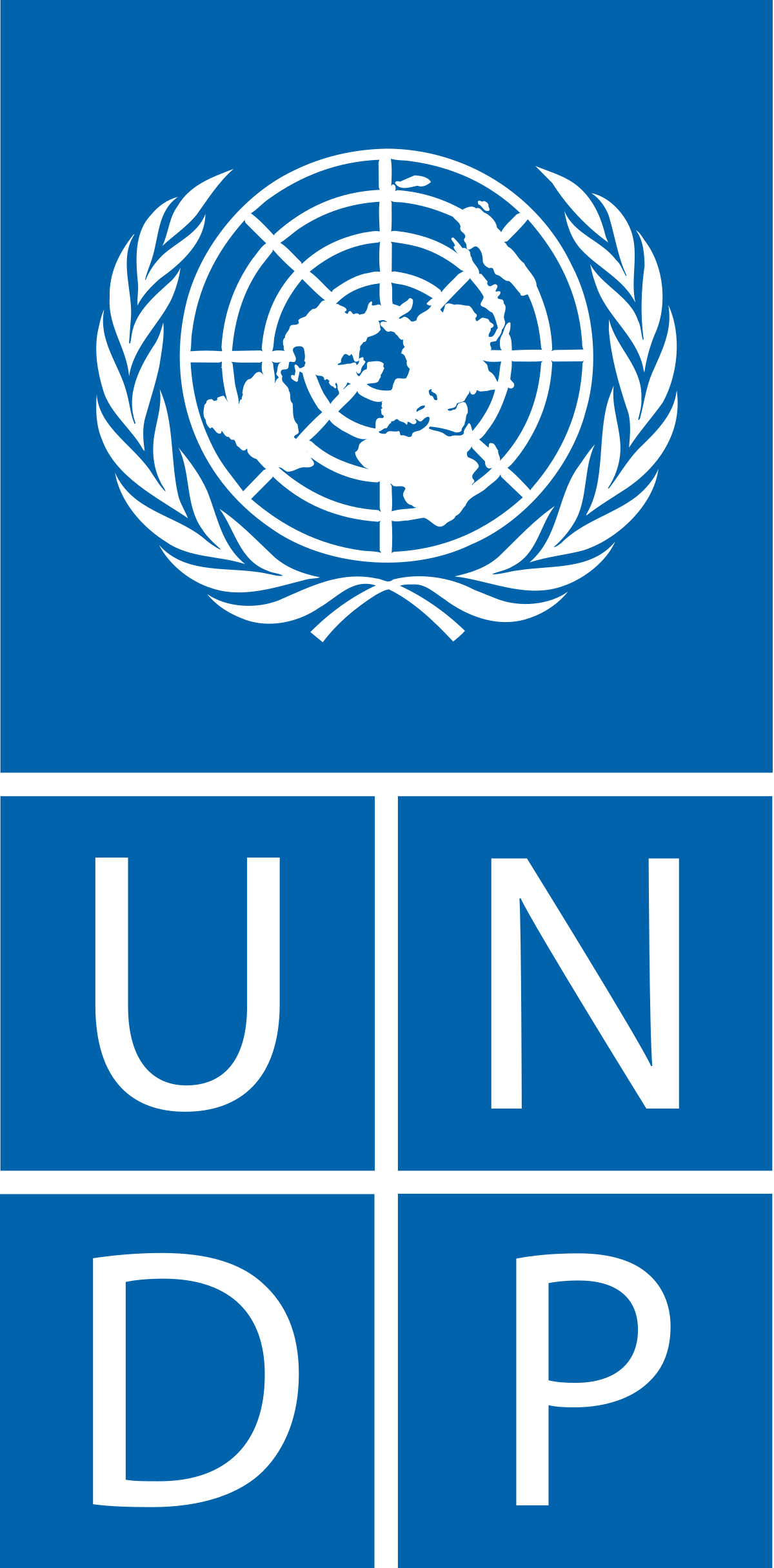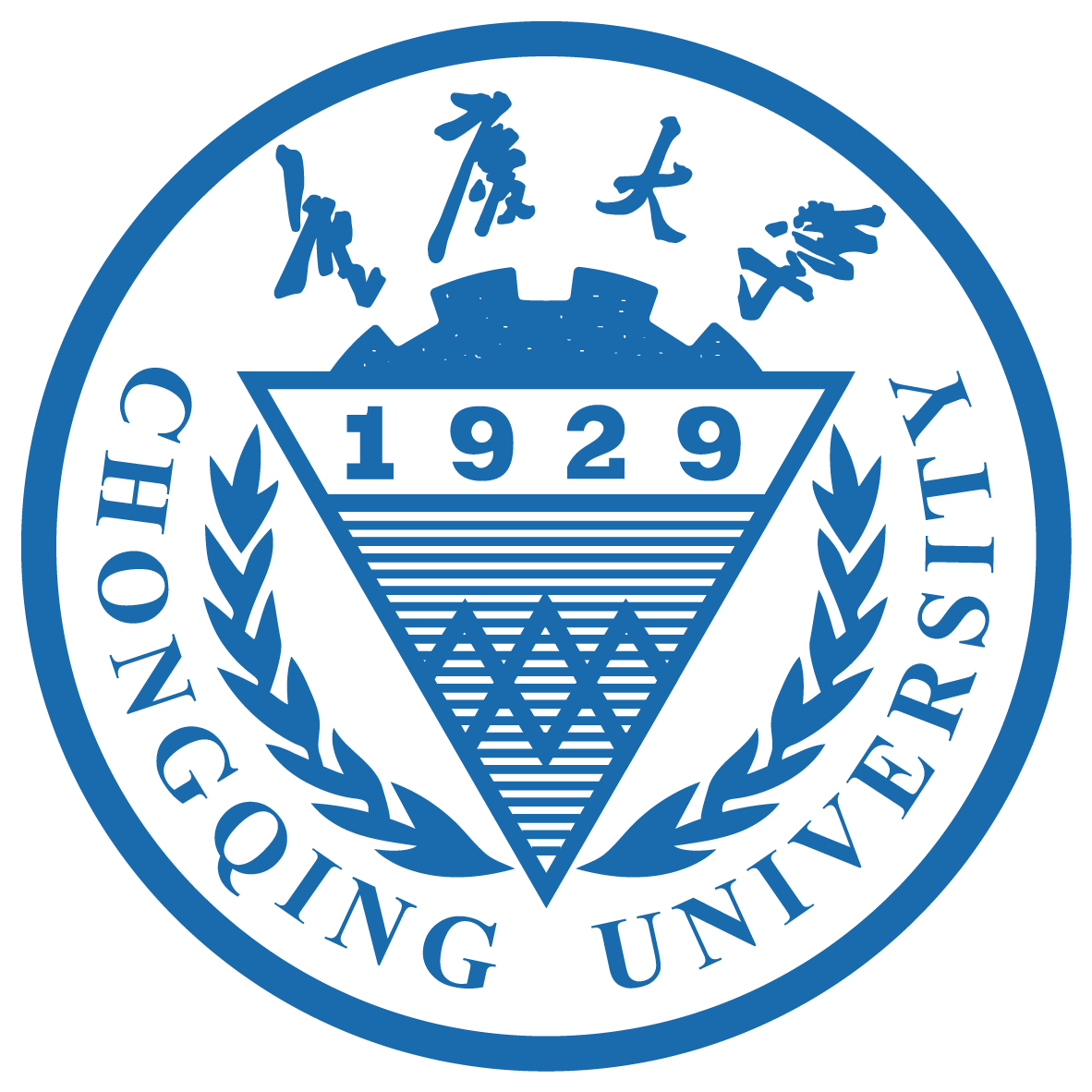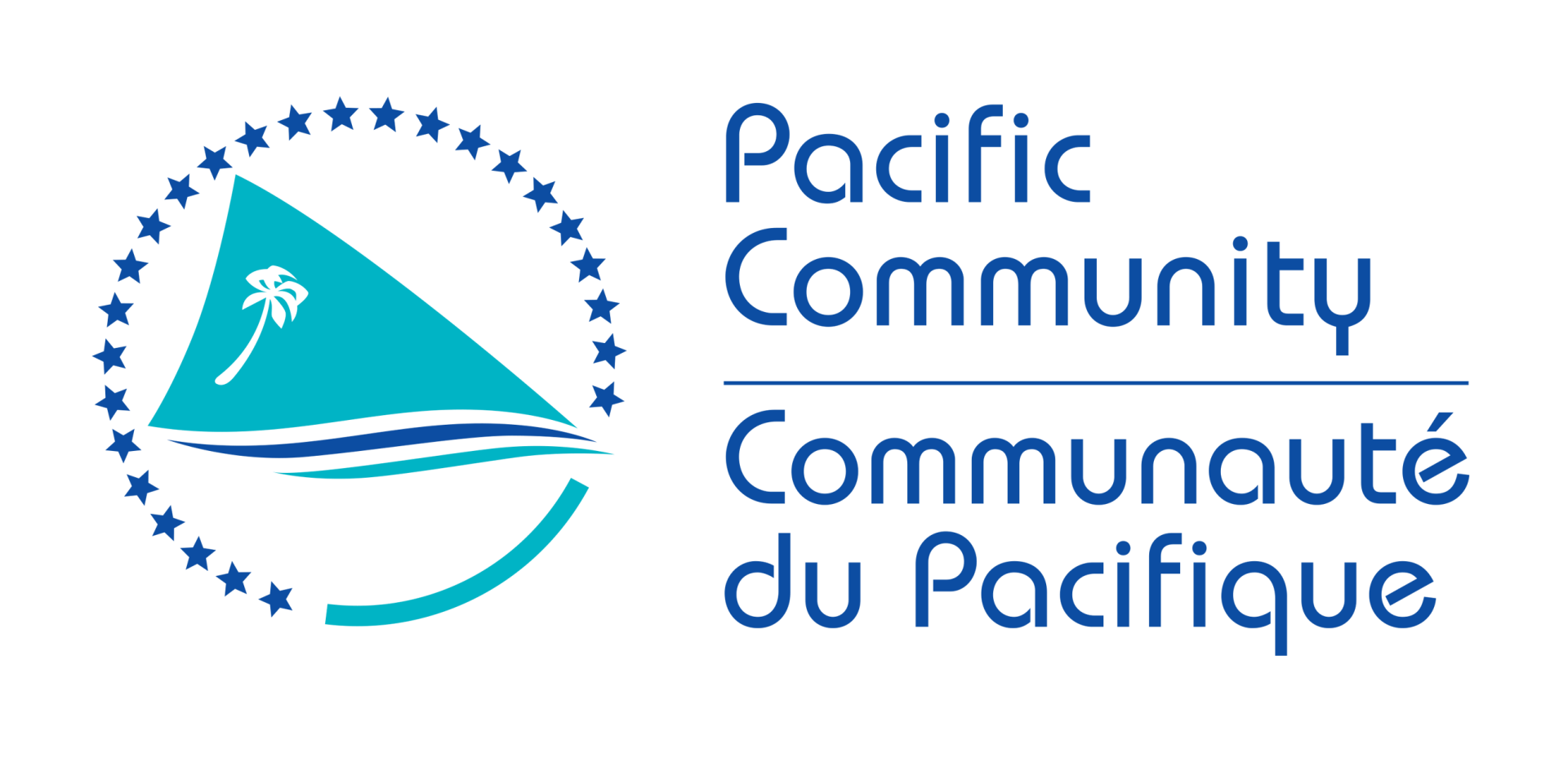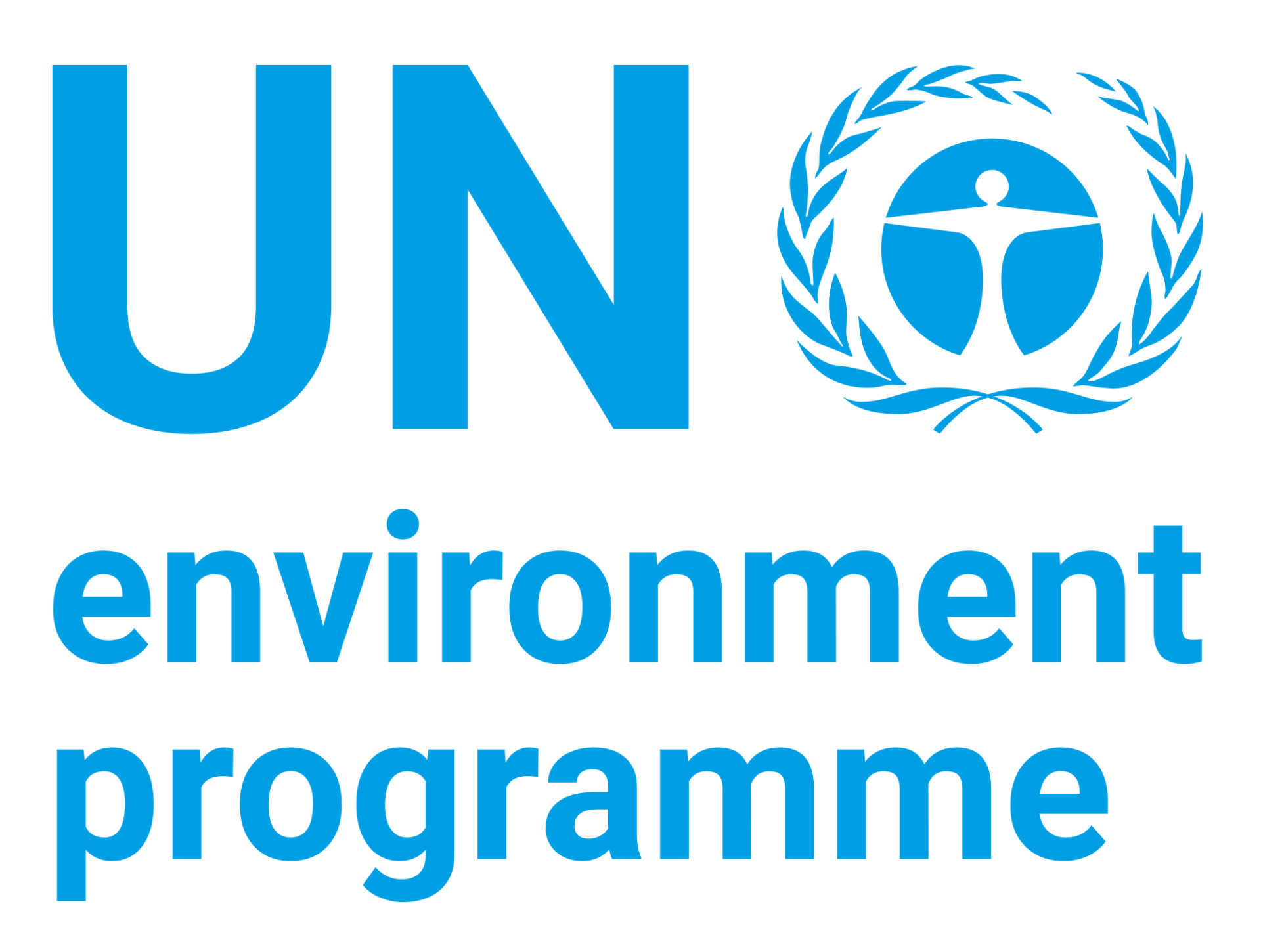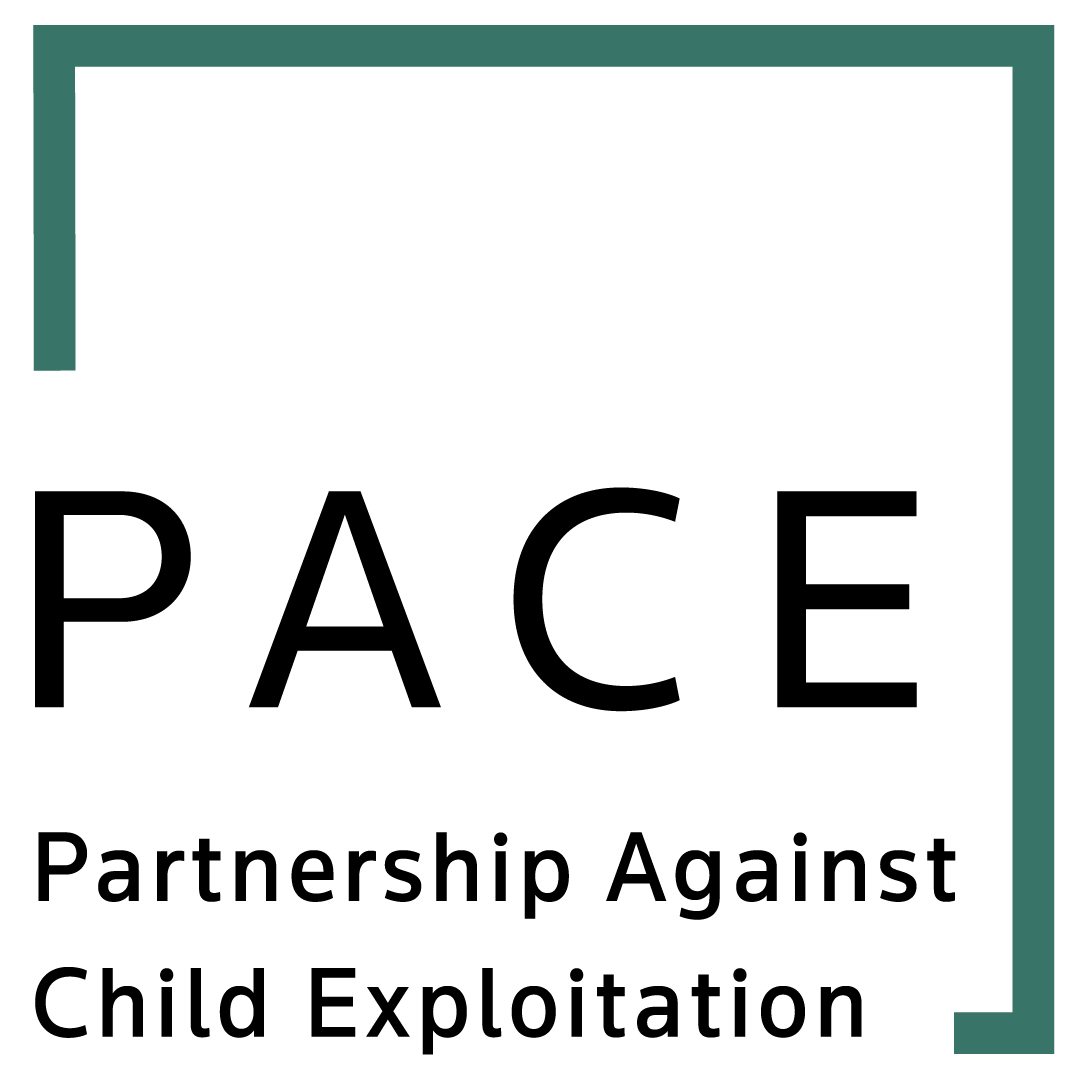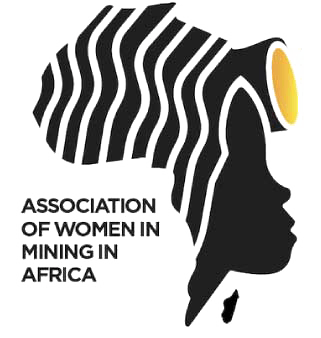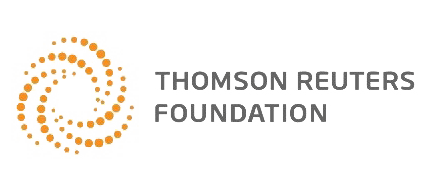2020 State of the Sector Report
The 2020 State of the Artisanal and Small-Scale Mining Sector is a collaboration between the World Bank’s Extractives Global Programmatic Support Multi-Donor Trust Fund and Pact.
Key Findings
The 2020 State of the Artisanal and Small-Scale Mining Sector report examines ASM’s contribution to the achievement of Sustainable Development Goal 8 (SDG8): “promote sustained, inclusive and sustainable economic growth, full and productive employment and decent work for all.” The 2020 Report builds on the 2019 State of the ASM Sector Report
to close the ‘global data gap’ facing the artisanal and small-scale mining sector.
Collectively, ASM makes up the world’s largest mining workforces, employing an estimated 44.75 million people globally.
Employment generation is likely ASM’s most universally acknowledged and defining feature. Since the 1980s, low educational and financial barriers to entry alongside easy recruitment from peers has made ASM a burgeoning economic activity in rural areas across the world. The ability of ASM to offer income in rural and impoverished settings, to propel global economic growth through mineral trade, and its high degree of informality, should motivate the international community to imagine the remarkable potential, if properly formalized, for more productive employment and decent work opportunities for tens of millions of people worldwide.
60 percent of ASM countries do not have published data on female participation in the sector.
The 2020 Report shows how women remain largely invisible in the data on ASM. Yet, as powerfully outlined in the case studies, women make up significant portions of the ASM workforce and suffer from specific forms of workplace discrimination. Adverse side effects of mercury use, unequal pay for similar work, sexual harassment, and inability to own land or mining titles without permissions are but some of the ways in which women’s decent work outcomes are hampered. Advancing gender equality with respect to SDG8 and ASM is possible but measures are needed to close the gender data gap.
The world’s large-scale mining industry was once as unsafe as artisanal and small-scale mining.
Using a fatality frequency rate model, the report found that the ASM sector had similar fatality rates in 1999 as USA’s and South Africa’s large-scale mining industries did in the 1970s and 1980s, respectively. Increased mechanization and concerted efforts to improve occupational health and safety (OHS) by governments and industrial mining companies has since led to dramatic safety improvements leading the industry to become one of the world’s most safety conscious, with a fatality frequency rate today of near zero (0.04). If the same efforts to improve the decent work agenda for industrial mining over the past 40 years were applied to ASM, the OHS record of the ASM sector could equally improve. This landmark finding challenges the fatalistic notion that ASM is inherently unsafe and makes improved OHS in ASM a collective responsibility which is both feasible and beneficial to all, raising the prospect for galvanized global efforts to save lives and provide decent work.
Better data on ASM’s economic contributions through improved national statistics can prove the value of ASM to national and global growth.
The ASM sector is an engine of economic development in many rural contexts but due to its largely informal nature, its economic importance is often unrecognized in the SDG8 agenda. Data which underscore the economic importance of ASM are critical to understanding the ways in which finances fuel the sector’s production and growth, create linkages to other industries, and crucially, bolster the case for formalizing and supporting its activities. More disaggregated economic data are needed to showcase ASM’s economic contributions. National reporting and accounting systems are critical instruments in this regard, but there are only a few examples where ASM’s contributions to labor, revenues, and exports can be effectively measured (e.g. Guyana, Rwanda, Central African Republic, and Tanzania).
Key Reflections
The 2020 Report make six reflections on how best to advance decent work principles within ASM in the future. However, more data, attention, and investment in the sector will be needed to achieve SDG8 and springboard for decent work, productive employment, and economic growth.
Health & Safety
Investments in health and safety are urgently needed for ASM, since improved occupational health and safety (OHS) is a collective responsibility which is both feasible and beneficial to all
National Statistics
Better data on ASM’s economic contributions through improved national statistics can prove the value of ASM to national and global growth
Socio-economic Networks
Engaging the socio-economic network of actors involved in ASM can help overcome entrenched behaviors and change labor practices which continue to undermine OHS advancement in the sector
Partnerships with ASM Associations
Concerted partnerships with ASM associations advance the decent work agenda


